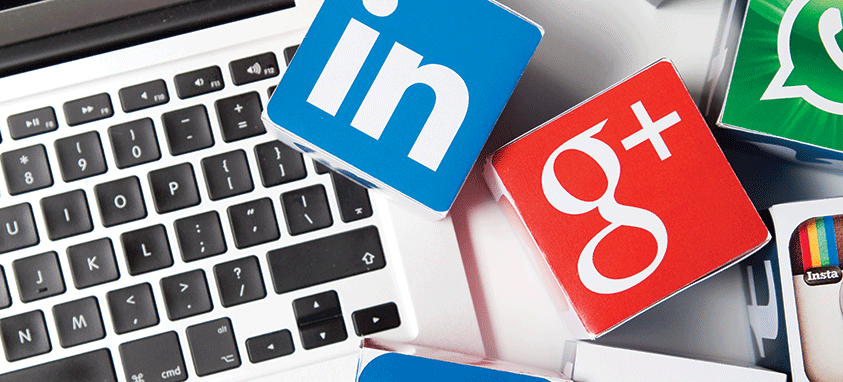At their heart, event professionals are connectors. We bring people together so they can do business, share ideas and grow. That is our superpower. Why are so many so bad at networking, though? When faced with a roomful of strangers, devoid of our checklists, armed only with a business card, the idea of walking up to a group of people can be daunting—the stuff of existential angst, throwing the most seasoned greeters back to their ninth-grade version of themselves, wondering what the cool kids will think.
So, what do you do when you’re a natural wallflower? Here are five tips to help you take that first step—and then a few more.d
Wear your badge with pride. For those who aren’t natural networkers, entering a room full of people you don’t know can be downright intimidating. But even if your team is currently just you, you have something to offer at least one other person in the room. Look at name tags and see the companies and industries of fellow attendees, then hone in on ones you think will bring the most mutually beneficial business.
If you find people you want to connect with, move past the butterflies and approach them. They’re likely just as uncomfortable as you, putting you on even ground. Both of you will feel relieved when you connect. If it helps, consider researching and practicing conversation starters to break the ice. You can never go wrong with asking questions about a person’s experience.
Use social media to connect in advance. If you’re going to a large conference, post where you’re going to be on social media using the event hashtag. People will find you through it, and you’ll instantly know a few more people at your next networking session. If the event has an account, tag its social media pages—some people will retweet or repost, showing their own followers that you’re in attendance. And the reverse happens, too: You can see who has liked, commented or retweeted the company’s tag, and then make the first move.
Bring your promo game. Don’t forget to bring business cards—these will be key when it comes to connecting later. Make sure to include your full name, official title, company, contact numbers and social media handles. If you have an event coming up that you think others would want to come to, bring mini-flyers. Consolidate the paper by listing your contact information on the back.
Meet the talent. The panelists you’re witnessing know much more than the few things they talk about on stage, so don’t be afraid to approach them with additional questions. Most of the time, they’ll be happy to know they’ve helped someone, and they may also have killer insight on any career advice you’re looking for—a win-win situation. When you post on social media, tag the event and the panelists.
Go beyond IRL. Networking in person (in real life) is just the start. Connect on appropriate social channels while the meeting is still fresh. Facebook can feel slightly more personal than LinkedIn, and although Twitter is home to many event planners, there is a certain level of professionalism that LinkedIn brings. It’s especially convenient when a face-to-face meeting is not a possibility, or you’re hoping for insight or advice on their career path. It’s also a professional way to take an in-person connections online for future conversations.
You can also ask co-workers and former bosses to write you a short “letter” of recommendation for your LinkedIn page—a way for fellow users to immediately see positive feedback on your work ethic.
Loving the Connected Life
Nicole Wood, co-founder of career coaching company Ama La Vida (love life) helps aspiring leaders advance their careers by creating powerful networked communities. She has attended her share of corporate receptions and has the following advice.
1. Take notes: After shaking so many hands, the good intentions about following up can get muddled. Make a note on the back of a business card about what was discussed and the connections you discovered.
2. Follow up: This seems obvious to many, but be sure to follow up in a timely manner with an emailed note, links to a topic discussed or an introduction to someone who might be able to help your new friends reach their goals.
3. Opt in: Look for optional events, such as breakfasts or dinners where you can connect in a more intimate setting.




